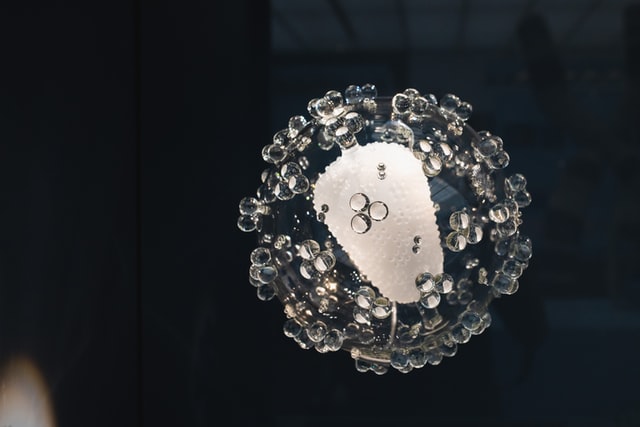Scientists Created Method to Model Interaction between Light and Twisted Molecules
Nov, 2020 - By SMI

Share
Scientists created a method to model interaction between light and twisted molecules.
This study was conducted by the researchers from the University of Bath. Many molecules exist in two ‘chiral’ forms. They have the same chemical structure arranged in mirror images, termed left-handed and right-handed forms. This can alter their properties and is therefore important to fully understand how the compound interacts with other molecules, or light. Researchers have now developed a way to do this.
The unique method developed by the researchers involves manufacturing metallic nano-scale ‘artificial molecules’ representative of 35 intermediate stages along the way of a geometric transformation, from one handedness to the other. At this nano-scale, the shape of the artificial molecule affected its optical properties. Therefore, the properties of the various stages, as the artificial molecules morphed from left to right handedness was studied by the researchers using twisted laser light.
Joel Collins, PhD student said, “We were able to follow the properties of a chiral artificial molecule, as it was morphed from left- to right-handed form, through two different routes. No-one has done this before. Surprisingly, we found that each route leads to a different behavior.”
The difference in absorption of left and right circularly polarized light, which is known as circular-dichroism (CD) was studied by the research team. Along one route, the artificial molecules behaved as it was expected, with a progressive decreasing CD, and eventually a reversal of the CD, for the mirrored structure. However, along the second route, the CD reversed several times, even before the structure changed handedness.
Share
Stratagem Market Insights
533 Airport Boulevard, Suite 400, Burlingame, CA 94010, United States
Delivery Center
403, 4th Floor, Bremen Business Center
Aundh, Pune, Maharashtra 411007
India
